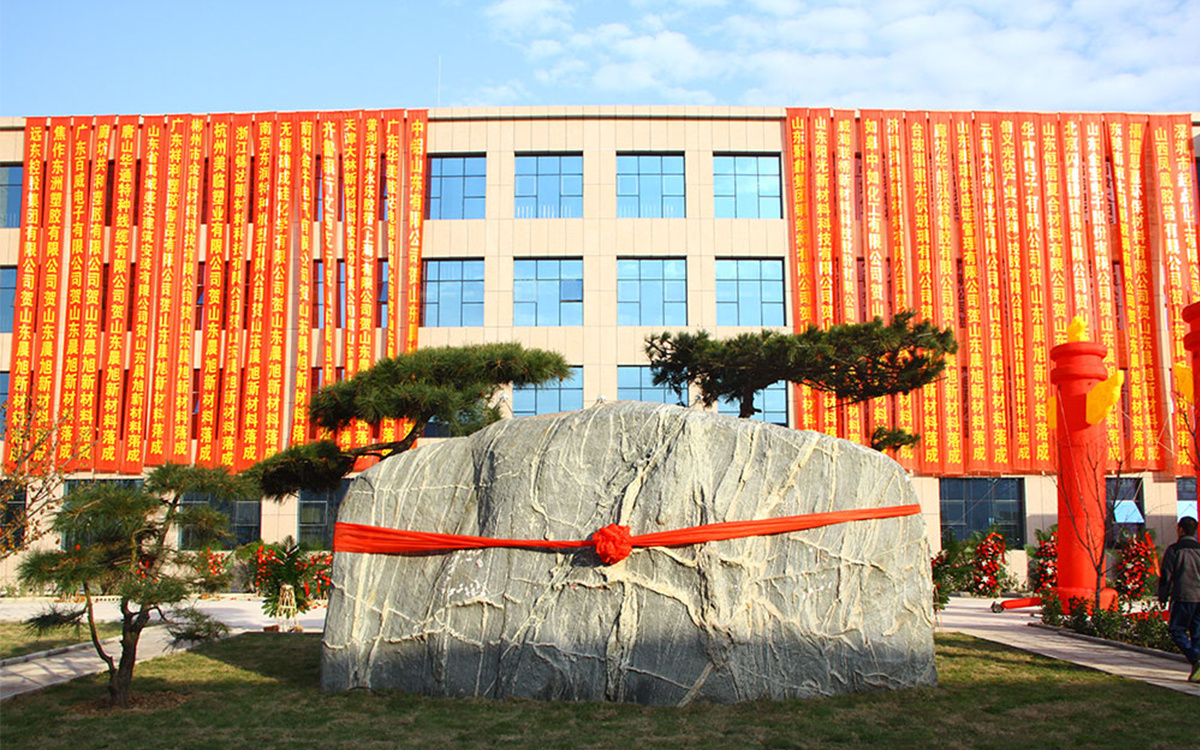Do you know the use conditions of TCPP flame retardant? Come and collect!
Release time:
2024-03-12 08:42
The consumption of plastics and resins is more and more widely used in various fields of production and life, but due to the flammability of plastics and resins, it is easy to cause fires, causing casualties and economic losses. In the 1970 s, the consumption and variety of TCPP flame retardants abroad increased rapidly, with an annual growth rate of 6 to 8%. At present, its consumption has leapt to the second place of plastic additives and become a major variety after plasticizers.

Nowadays, the use of flame retardants to reduce the probability of fire has gradually become the key to fire prevention. With the enhancement of people's awareness of environmental protection, safety and health, the environmental protection requirements of flame retardants are getting higher and higher. In the future, countries around the world will focus on the development and application of environmentally friendly products, while strengthening the supervision of their safety. Under what conditions can TCPP flame retardants be used? The following is an introduction.
1. Toxicity assessment of TCPP flame retardants suspected to be harmful to human health and the environment, and strict control of their production and use. If the product is found to be unsuitable for use, production and sales should be stopped immediately. For example, tris (dibromopropyl) phosphate, once a widely used and very effective flame retardant, was found to be carcinogenic and has been banned in many countries, as have penta-and octaBDE, which have been assessed to be harmful.
2. For the newly developed products, its impact on human health, safety and the environment has been studied and evaluated, and more detailed information can be provided in the above aspects to ensure the safety of production and use. On the one hand, people are working hard to improve the safety level of existing flame retardants and flame retardant materials, on the other hand, they are committed to developing new environmentally friendly flame retardants, and is gradually promoting the use of (such as the current global halogen-free flame retardant polypropylene has reached about 20% of the total flame retardant polypropylene), we believe that the development of new products will ensure the use of materials, not only to reduce fire hazards, but also to minimize its impact on the environment.
This product is mainly used to produce flexible and rigid polyurethane foam, epoxy resin, acrylic resin, polystyrene, cellulose acetate, ethyl cellulose resin and phenolic resin, polyvinyl acetate, polyvinyl chloride, as well as rubber and coating Flame retardants and additives flame retardants, especially rigid polyurethane foam, because it has excellent thermal conductivity and hydrolytic stability, especially ASTM 84(II), syntactic polyurethane foam, unsaturated resin and phenolic plastic, it is also a raw material for BDP and has low viscosity at low temperatures. It is usually used in combination with antimony trioxide to improve efficiency.
TCPP flame retardant
Popular product recommendations
CONTACT US
Sales call:+86 531-87978111
Fax:+86 531-87972518
Email(Login):cxcn@chenxuchem.com
Address: South of East Extension, Chuangxin Street, High-tech Development Zone, Yucheng City, Shandong Province

Wechat QR code


